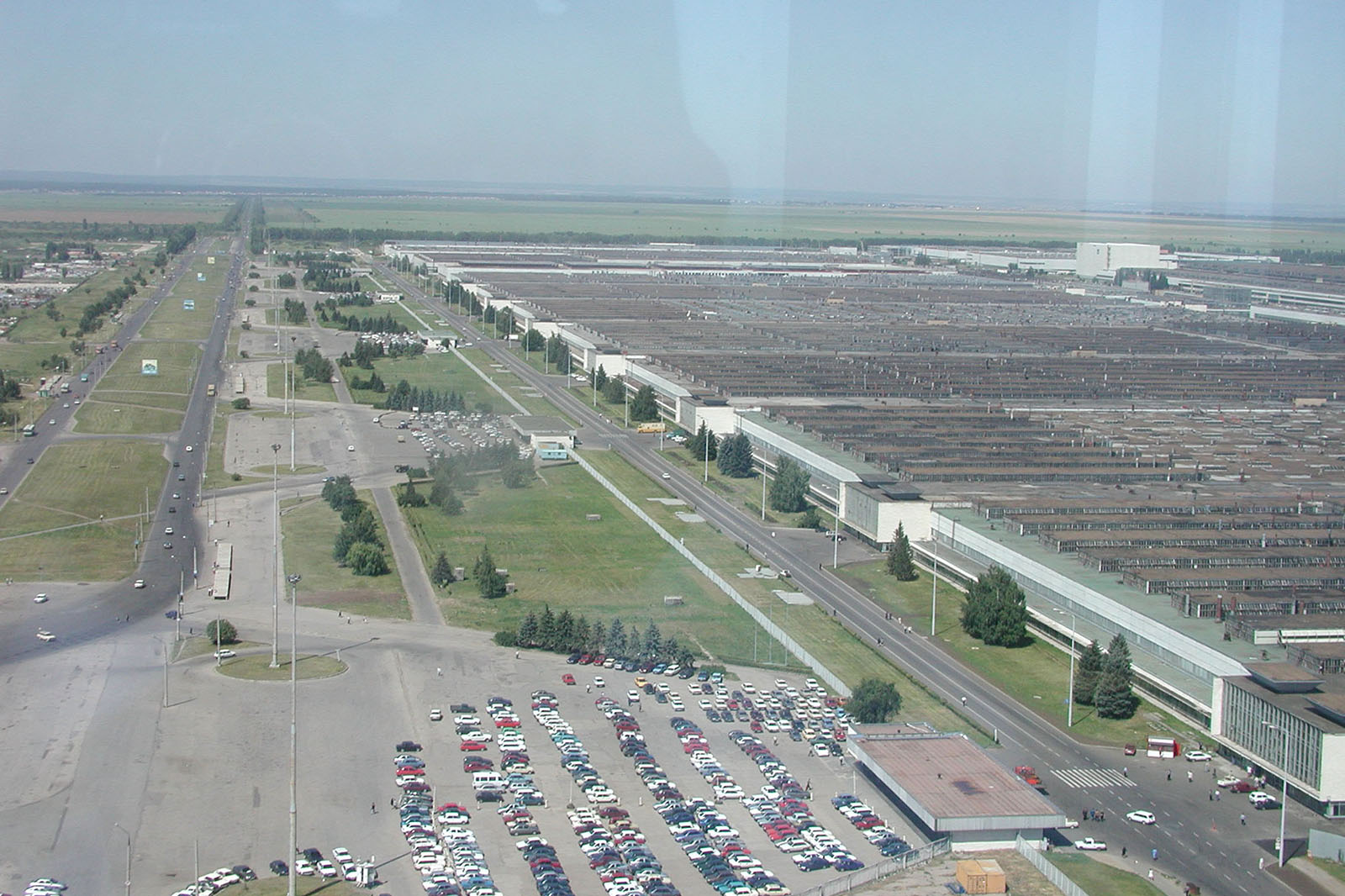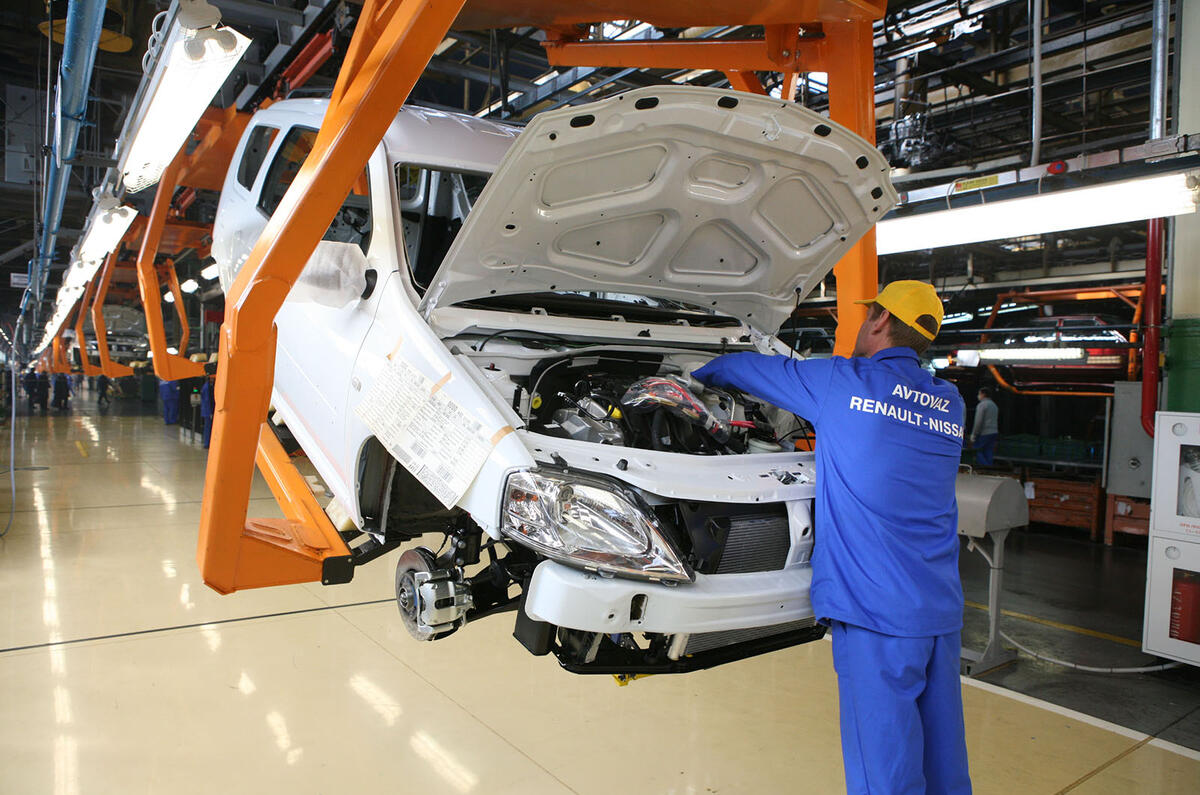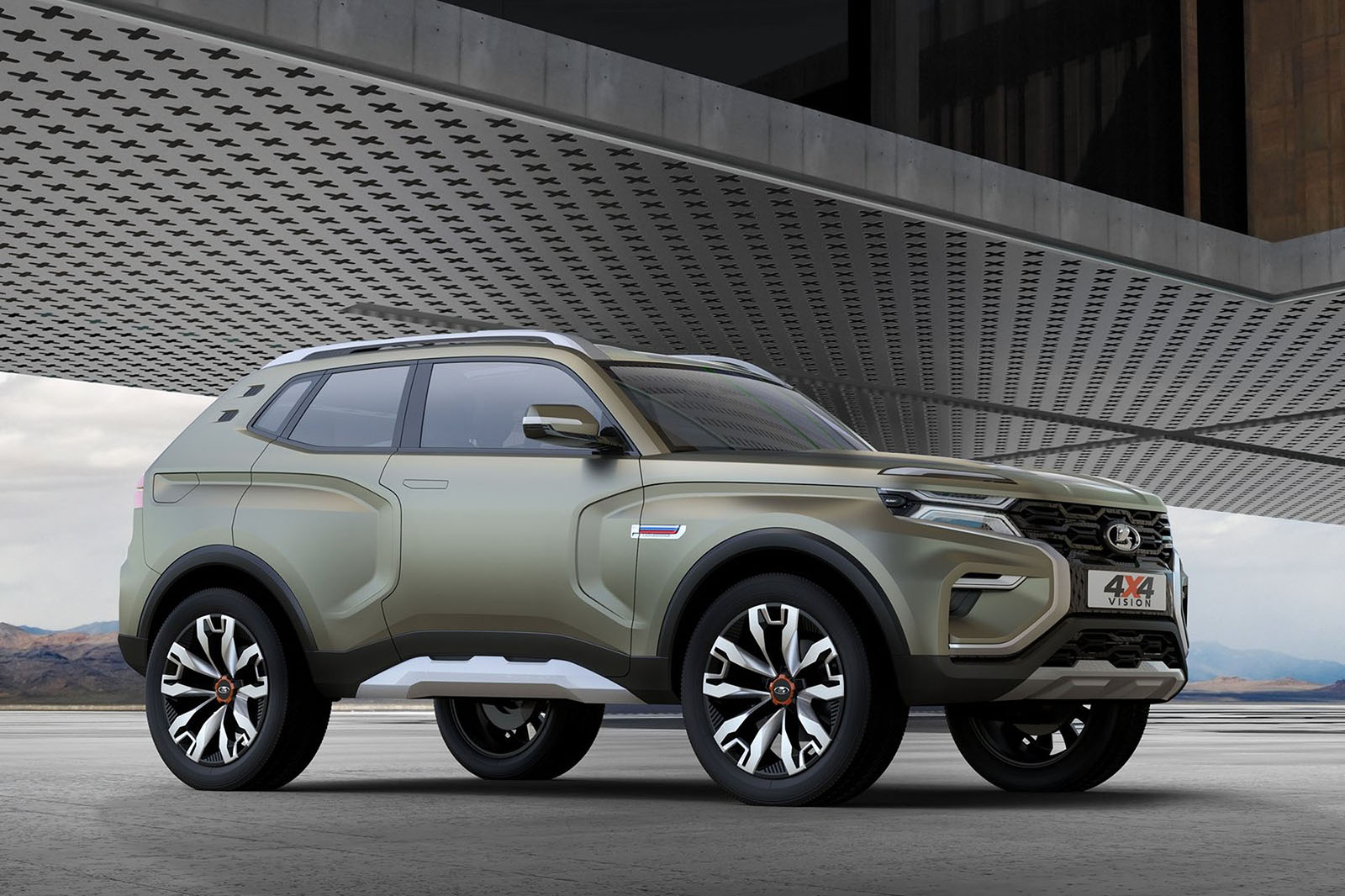The Lada Riva was emphatically not one of the finest cars of the 1990s. It was based on the platform of the Vaz 2101 from 1970, which was a reworked version of 1966’s Fiat 124.
So when EU emissions regulations led to the Riva, along with the rest of Lada’s range, being withdrawn from sale in the UK in 1997, the only people who mourned were those seeking a punchline for jokes about bad cars.
But the story of Lada didn’t end in 1997. It was Russia’s national car brand and its ageing models – including the Riva – continued to be hugely successful in its home country. In fact, a Russian financial crisis in 1998 sent the price of imported cars soaring and helped Lada increase its market dominance.
But its market lead slowly eroded over the next decade, despite a few new models. In 2008, Renault bought a share in Lada’s parent company, Avtovaz. Shortly after, the global financial crisis hit Russian firms particularly hard and Avtovaz required a bailout from the Russian government to survive. Yet that low also led to Lada’s resurgence.

The revival of the most Russian of car brands has been led by the French. Renault helped Lada develop the Granta in 2011, a small car that quickly became Lada’s – and Russia’s – bestseller. The following year, Renault took a controlling stake in Avtovaz, although the firm’s market share kept slipping as foreign firms – led by Kia and Hyundai – closed in fast. Lada needed bold, new models and a renewed sense of purpose.
That came with the mid-sized Vestain 2015 and the X-Ray SUV–built on a Dacia Duster platform – the following year. Both cars were the work of British chief designer Steve Mattin and featured bold styling with numerous ‘X’ elements, first seen on the X-Ray Concept in 2012. Lada’s market share has crept back up to around 20%, and by 2017 – when Renault took full ownership – the firm was back in profit, helped considerably by the Russian car market starting to grow again after a long decline. The company’s goal now is to shore up its position. “When you have a strong market share, it’s difficult just to keep it,” says Yves Caracatzanis, who took over as head of Avtovaz this year. “We are renewing all our products in keeping with the DNA of the brand: strong design, confidence in reliability and value for money.”














































Join the debate
Add your comment
Its great to read about cars
Its great to read about cars from other parts of the world, stuff we never see. It would be good to read about far more cars we are hardly aware of.
Oh and
before you roll off your bed laughing there are an incredible amount of Lada's based on the orginal design shape of the Foat 128. They only stopped making the damn things a couple of years ago and some still waiting in showrroms. They must run the Beetle close for longevity of design
NO WAY JOSE
RHD is a massive cost for such a small market. However, from what I heard recently they (Renault) are looking into the possibility because getting into India and some African countries would be of i nterest. Living here for 12 years I can tell you they (Lada) are still considered to be the pits. Yes with a ball of string and some sealing wax you can indeed fix most the problems but in the cities where the greatest volume sold (never mind the second hand crap written here about those in the sticks - they buy Hyundai Kia unless they really are affecionados) and they are - all models considered to be a joke. 95% of them are owned driven by immigrants (all the Stans and Azerbijans etc) who are the mass base work force for roads, bridges, housing etc Who knows if they can fix the famous overheating problems (at anything over 20C) they might get a look into India